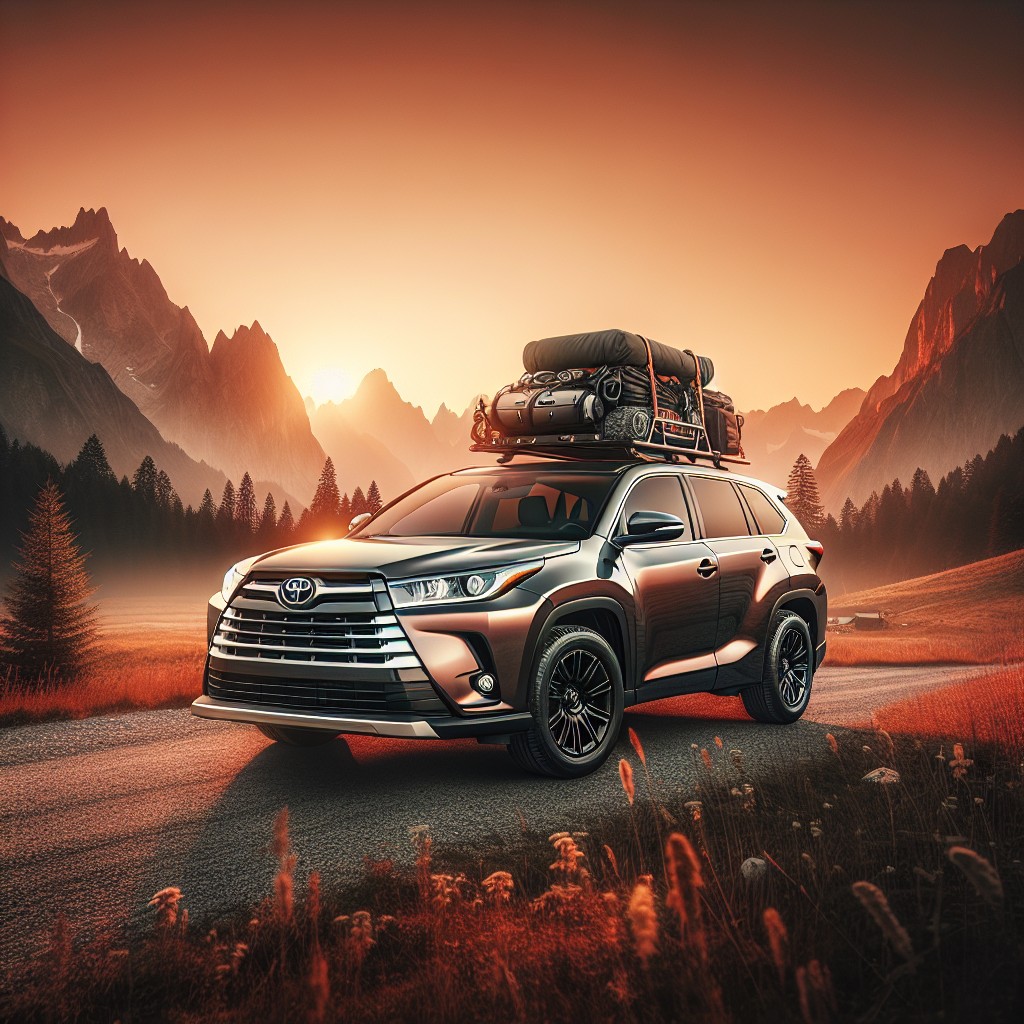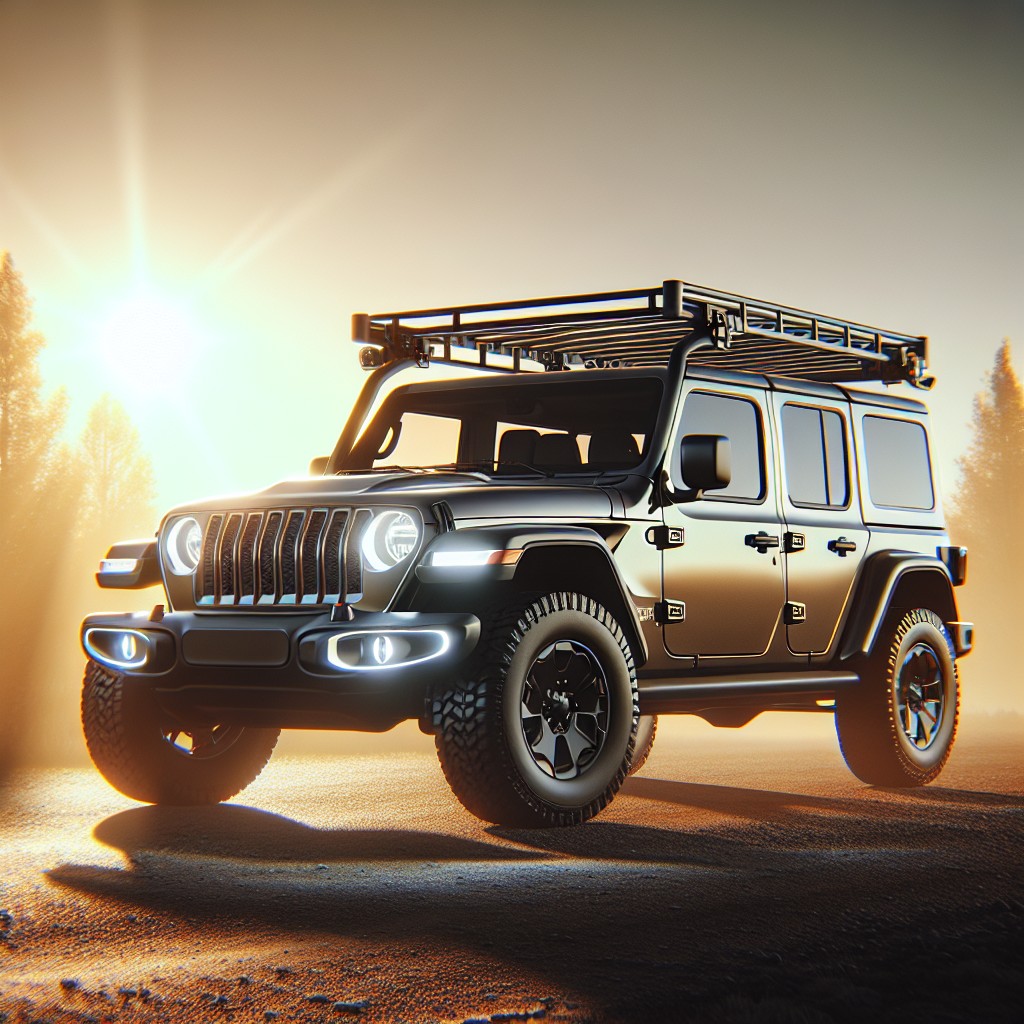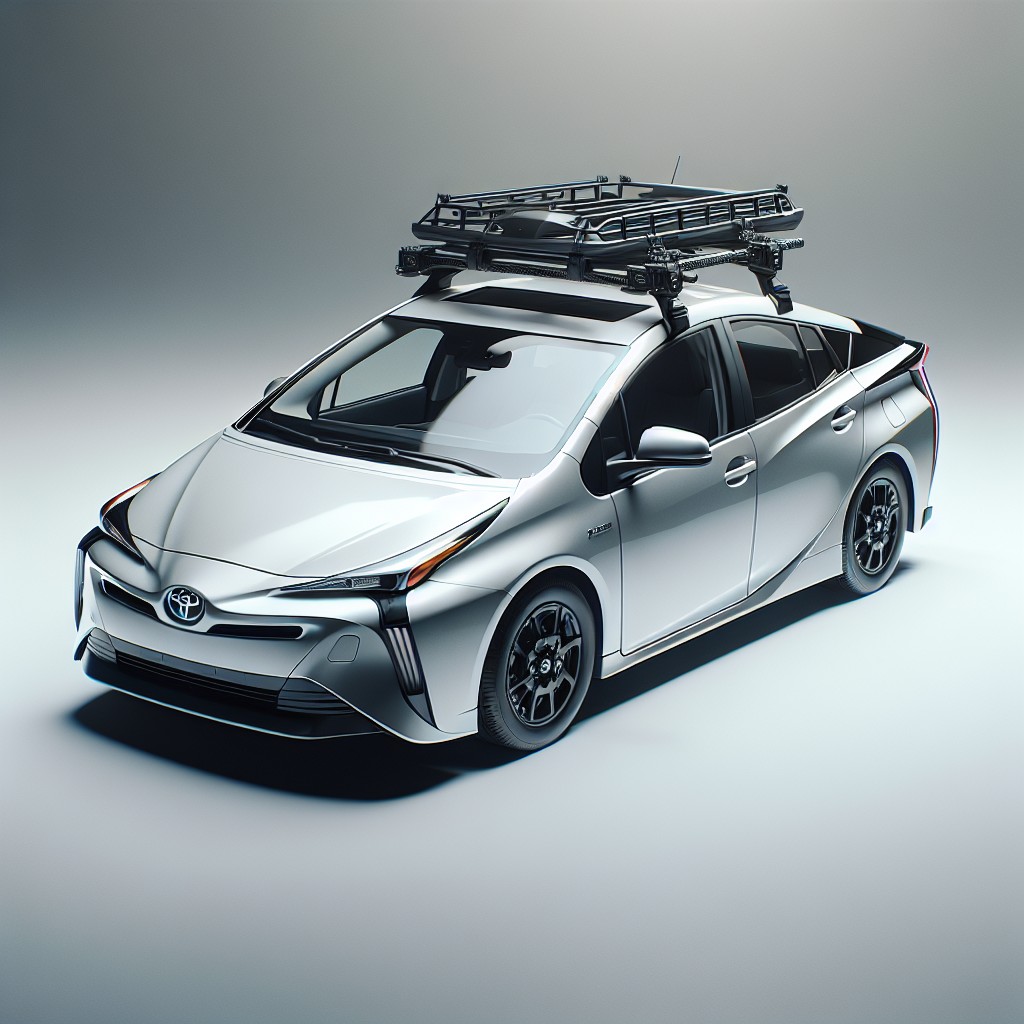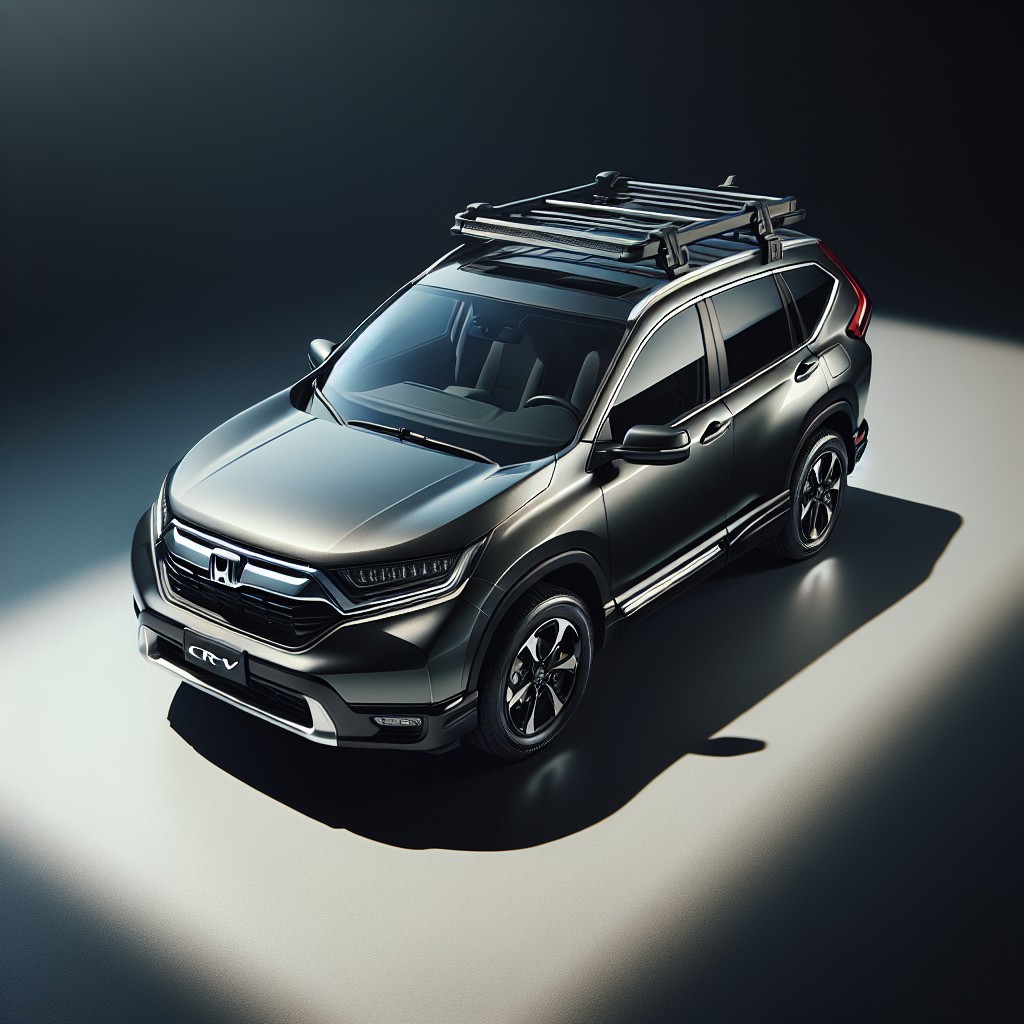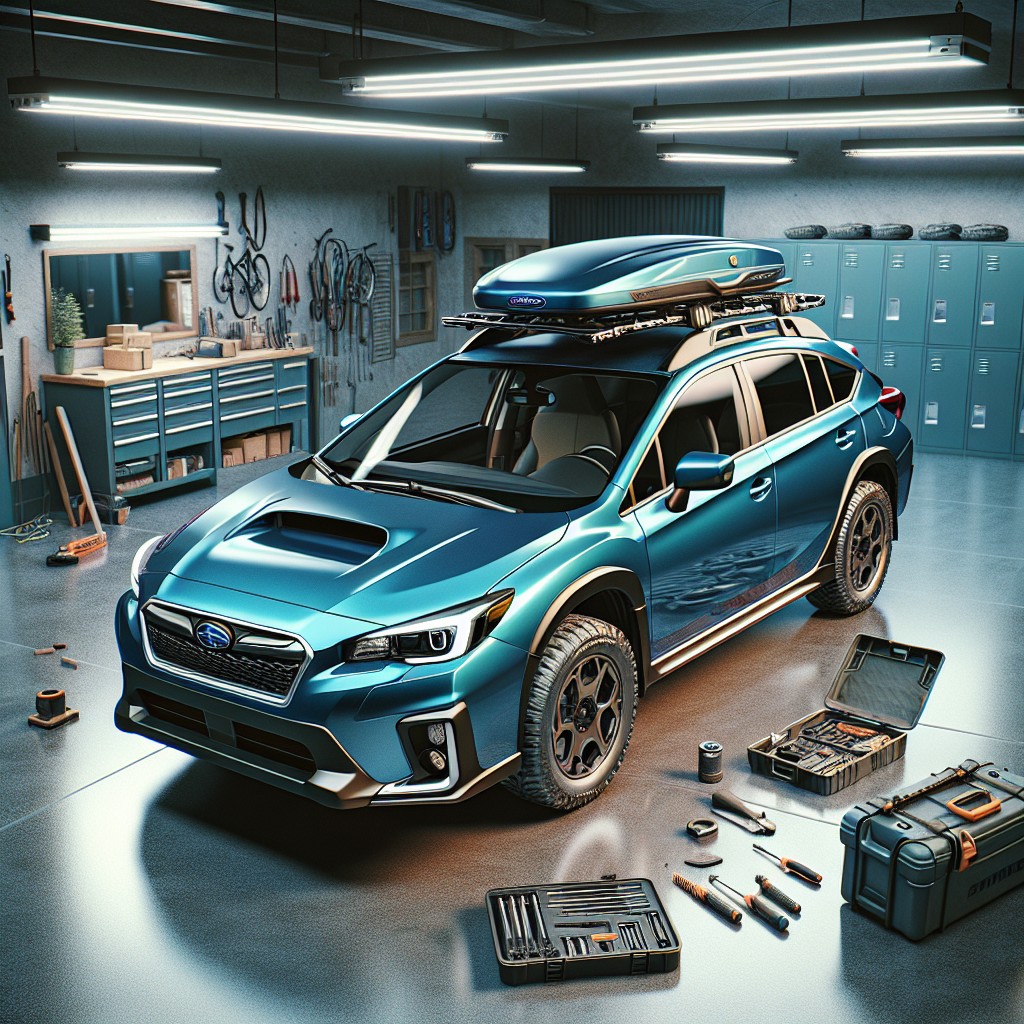Last updated on
Delving into the distinctions between a moonroof and a sunroof, this article provides a comprehensive analysis to help discern their unique attributes.
Key takeaways:
- Sunroofs: removable/tilting panels, offer light and air
- Moonroofs: glass panels, transparent even when closed, clear sky view
- Advantages: sunroof options, natural light; moonroof design, sleek appeal
- Considerations: climate, functionality, cost, maintenance, resale value, structure
- FAQ: moonroof opens all the way, differences in BMW/Kia, why people like moonroofs
Definition of Sunroof
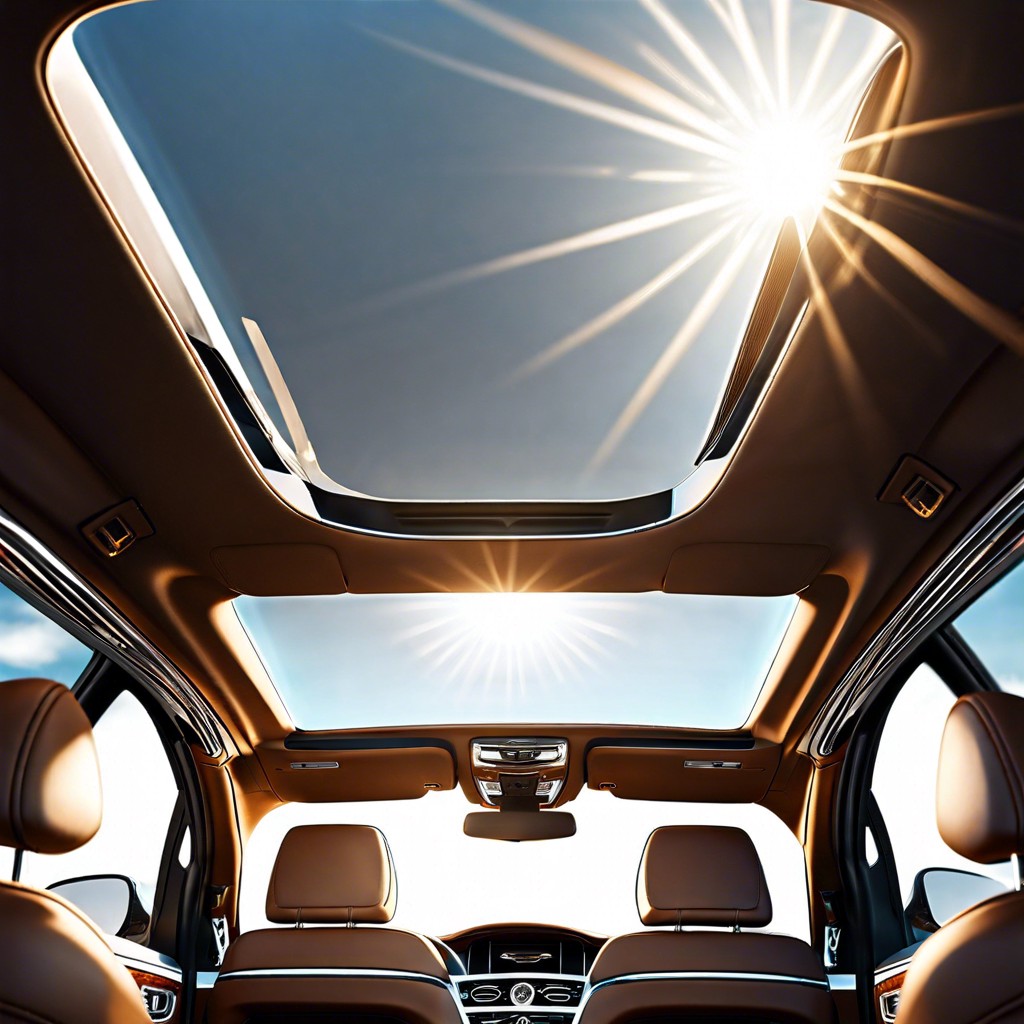
Traditionally, a sunroof is a panel on a vehicle’s roof that can either be removed or tilted to let in light and air. These panels are usually made of the same body-colored metal as the vehicle’s exterior, though newer versions may feature a glass pane which is retractable or fixed in its enclosure.
Sunroofs come in several styles, such as pop-up versions that manually tilt open, top-mount sliding sunroofs that move along the outside of the car’s roof, and inbuilt versions that slide between the roof and the headliner.
It’s important to note that while sunroofs provide increased sunlight and fresh air, they typically don’t offer the same expansive views as moonroofs due to their opaque nature when closed.
Definition of Moonroof
A moonroof is a type of glass panel located on the roof of a vehicle, which is transparent or tinted and typically slides between the vehicle roof and headliner or retracts into a roof pocket.
Unlike sunroofs, which may be made of metal or other opaque materials and can completely block light when closed, moonroofs are made of glass and can offer natural light even when shut.
The glass panel may also be equipped with a sliding sunshade for times when less light is desired, providing occupants with control over the amount of sunlight entering the cabin.
Moonroofs may come standard in many modern vehicles, often as part of a luxury package, and their popularity stems from their ability to offer a clear view of the sky above, enhancing the driving experience.
Differences in Design
Sunroofs are typically made of tinted glass or a body-colored panel that pop-ups or retracts between the roof and the headliner. Variations include pop-up, spoiler, inbuilt, and folding, with manual or electric operation. The primary design goal is to allow fresh air and light into the cabin.
Moonroofs, meanwhile, are a type of sunroof, but with a transparent, tinted glass that usually slides between the roof and the headliner. They come with an interior sliding panel that matches the car’s interior to control light and ventilation. Moonroofs often offer a tilt function to vent air without fully opening.
The most striking design difference lies in their functionality and integration with the vehicle’s roofline. Sunroofs can completely conceal the opening when closed, while moonroofs aim to provide a view of the sky even when shut, emphasizing a lighter, airier cabin feel.
Advantages and Disadvantages of Sunroofs and Moonroofs
Sunroofs often bring in natural light and fresh air, enhancing the driving experience. They can be opaque or transparent, and some models offer a tilt function to allow ventilation without fully opening. In contrast, moonroofs are typically made of glass, providing an unrestricted view of the sky. Most moonroofs also come with an interior sliding panel to block light if desired.
An advantage of sunroofs is the diversity in types, including pop-up, spoiler, inbuilt, and panoramic, offering options for various preferences and vehicle designs. However, the complexity of the mechanism can lead to higher repair and maintenance costs. Additionally, sunroofs can slightly reduce the headroom available inside the vehicle.
Moonroofs boast an aesthetic appeal with their sleek design. The glass panel contributes to an open, airy cabin feel, even when closed. On the downside, the glass can let in unwanted sun and heat, although tinting helps mitigate this issue. Moonroofs are typically part of a car’s design and may not present as many options as sunroofs do.
It’s important to remember that both sunroofs and moonroofs can impact a vehicle’s structural integrity and weight distribution. They may also influence fuel efficiency due to altered aerodynamics when open. Before deciding on either, consider the climate you live in, your car’s compatibility, and personal preferences for light and air circulation.
Factors to Consider When Choosing
When selecting between a sunroof and a moonroof, consider the following to ensure you make the best choice for your vehicle:
- Climate: The region you live in could influence your decision. In areas with more sunny days, a sunroof might enhance your driving experience, but for cooler climates with less intense sun, a moonroof’s additional layer might be more beneficial.
- Functionality preferences: Would you prefer a panel that tilts for ventilation or one that fully retracts for an open-air feel? Your preference for the level of openness can determine the suitable option.
- Cost implications: Sunroofs are typically more affordable due to their simplicity, whereas moonroofs often come with a premium for their integrated technology and features.
- Maintenance considerations: The complexity of the moonroof mechanisms may require more maintenance in the long run. Assess your willingness to maintain and potentially service these features.
- Resale value impact: Think about whether the addition of a sunroof or moonroof is a sought after feature in your vehicle’s market that could potentially enhance its resale value.
- Vehicle’s structural integrity: Understand how the installation affects your car’s chassis. A moonroof’s additional weight and structure alteration could influence overall vehicle dynamics.
- Aesthetic preference: Moonroofs often offer a more streamlined look with their glass panels, while sunroofs may provide a classic aesthetic with their solid panels. Choose according to the appearance you desire for your vehicle.
FAQ
Does a moon roof open all the way?
Yes, a moon roof can open all the way.
What is the difference between a sunroof and a moonroof BMW?
The distinction between a sunroof and a moonroof in a BMW lies mainly in their design and material; a sunroof refers to a panel, either opaque or glass, that can slide open or pop up to bring light and air into the car’s interior, whereas a moonroof, a specific type of sunroof, is a glass or tinted glass panel that slides between the car’s roof and the headliner.
What is the difference between a sunroof and a moonroof Kia?
A moonroof is typically smaller, allows viewing the sky when closed due to its translucent nature, provides control over light and glare through tinting and inner panels, and offers slide and tilt opening options, while a sunroof is usually larger, opaque when closed, lets in full sunlight, and typically only slides open.
Why do people like moonroof?
People appreciate moonroofs because they admit sunlight even when closed, offer customizable sun protection via an internal sunshade, and tend not to have mechanical issues due to their lack of moving parts.
How does the mechanism of a moonroof differ from a sunroof?
A moonroof, typically a type of sunroof, has a glass panel that lets light in, even when closed, compared to traditional sunroofs that are opaque and block out light when closed.
What are the safety features incorporated in moonroofs and sunroofs?
Moonroofs and sunroofs incorporate safety features such as pinch-proof technology to prevent injury, UV protection to shield occupants from harmful rays, and automatic closure in case of rain or when the vehicle is turned off.
Are there any specific maintenance requirements for moonroofs compared to sunroofs?
Moonroofs typically require less maintenance than sunroofs due to their fixed, glass design which eliminates the mechanical issues associated with movable parts in sunroofs.
